The Ministry of Construction has just released a report on research into investing in expanding the eastern sections of the North-South Expressway under the public-private partnership (PPP) model.
Proposal to expand 18 component projects
According to the Ministry of Construction, the North-South Eastern Expressway has a total length of about 2,063km. The starting point is at Huu Nghi border gate, Lang Son province. The end point is in Ca Mau city, with a scale of 6-12 lanes.
To date, the entire route has been put into operation for 1,443km, with about 597km under construction (by the end of 2025, 554km will be completed, 43km remaining), mainly with a limited 4-lane scale.
Some sections are being studied and invested in according to the complete expressway scale such as: Cau Gie - Ninh Binh , Cao Bo - Mai Son, Cam Lo - La Son, La Son - Hoa Lien, Ho Chi Minh City - Long Thanh, Ho Chi Minh City - Trung Luong - My Thuan.
Along the entire expressway, in addition to the sections being expanded, by the end of 2025 there will be about 1,222km of limited 4-lane scale, mainly concentrated in the following sections: Mai Son - Cam Lo, Quang Ngai - Vinh Hao and My Thuan - Ca Mau.
Based on investment principles and criteria, the Ministry of Construction has proposed to immediately prioritize expansion to meet highway standards for sections of the Hanoi - Ho Chi Minh City section.
Within the above scope, there are 18 component projects invested in accordance with the Resolutions of the National Assembly. Of which, there are 8 component projects invested in the 2017-2020 period and 10 component projects invested in the 2021-2025 period, with a total length of 1,144km.
Regarding scale, to avoid multiple investments, the Ministry of Construction proposed that the scale after expansion would reach 6 complete lanes according to the plan with a total investment of about 152,102 billion VND.
PPP investment is highly feasible
According to the research of the Ministry of Construction, in case of separating into component projects as previously implemented and investing BOT in all 18 component projects, the preliminary calculation results of the financial plan show that there are 4 public investment component projects in the period of 2017 - 2020, with a length of 255km, totaling about 26,718 billion VND (Mai Son - National Highway 45, National Highway 45 - Nghi Son, Nghi Son - Dien Chau, Phan Thiet - Dau Giay sections) are gateway routes with the highest transportation demand, the toll collection period to recover capital is about 3 - 13 years, without needing state budget support.
There are 3 BOT investment component projects in the 2017 - 2020 period, with a length of 178km and a total investment of about 25,343 billion VND (Dien Chau - Bai Vot, Nha Trang - Cam Lam, Cam Lam - Vinh Hao sections) that investors have mobilized resources to implement, so there will be certain difficulties when continuing to mobilize resources to expand to a scale of 6 lanes.
There are 11 public investment component projects (10 component projects for the 2021 - 2025 period, 1 component project for the 2017 - 2020 period, total length 711km), total investment of about more than 100,000 billion VND, basically the sections with low transportation demand.
In the case of PPP investment in the expansion, the average toll collection payback period is about 27 years, and there are even projects with financial difficulties (Quy Nhon - Chi Thanh) that need state budget support.
Because the public investment capital that has been and is being deployed accounts for about 57% of the total investment for the 6-lane scale (in the case of PPP investment for the expansion with state budget support, this ratio may be larger) and to meet the goal of promoting public investment disbursement, the Ministry of Construction has reported to the Prime Minister to consider continuing to invest in the expansion with public investment capital, after completion, toll collection will be carried out as required by the National Assembly.
"This option has the advantage that the service price is decided by the State (not for profit business) so it can ensure harmony of interests of the State, people and businesses, suitable for the payment capacity of the majority of people, ensuring reasonable transportation costs on the most important route of the country", the Ministry of Construction stated its opinion.
Regarding the PPP investment plan, the Ministry of Construction said that, implementing the spirit of Resolution No. 68, the Ministry has studied the investment plan to expand the expressway in accordance with the direction of the Deputy Prime Minister, including: the form of Build - Operate - Transfer (BOT) contract; the form of combining the Operation - Management (O&M) contract and the BOT contract.
Based on the assessment of the advantages and disadvantages of investment options, the expansion investment in the form of BOT is highly feasible. When implementing, it can be divided into several large-scale projects (such as dividing into 2 projects in the North and the South) to ensure consistency and synchronization.
However, PPP investment has certain challenges due to its relation to many transport demand parameters (assumptions on macroeconomic growth, future infrastructure investment scenarios, etc.). These results are based on forecasted data that may differ from reality, especially in the new era of the country (changing growth rates, merging localities; accelerating high-speed railway investment, etc.).
If we do not attract investors, it will take more time or if the PPP investment is not successful, the state will still have to support it, which will not be effective.
Proposal to collect fees from January 2026
Based on the analysis, the Ministry of Construction recommends that the Government leaders consider and allow toll collection on public investment routes according to regulations to reimburse the central budget (toll collection is expected to start from January 2026). In case an investor is selected to implement the expansion investment under the PPP model, the toll collection will be handed over.
The toll collection process, based on the actual situation, will implement the route sections according to the PPP method. In particular, consider studying the plan to form a number of large-scale projects (Northern and Southern regions).
The Ministry of Construction believes that this plan ensures consistency and synchronization throughout the entire investment process, optimizes management, operation and exploitation costs throughout the project life cycle, and is capable of attracting investors with strong financial potential and willing to accompany the project for a long time. The time for expansion should be considered after the completion of the warranty work of contractors under previous public investment projects to avoid legal disputes and limit public misunderstandings about the re-construction of recently completed items.
Source: https://baophapluat.vn/de-xuat-dau-tu-hon-152000-ty-dong-mo-rong-cao-toc-bac-nam-theo-hinh-thuc-ppp-post553057.html





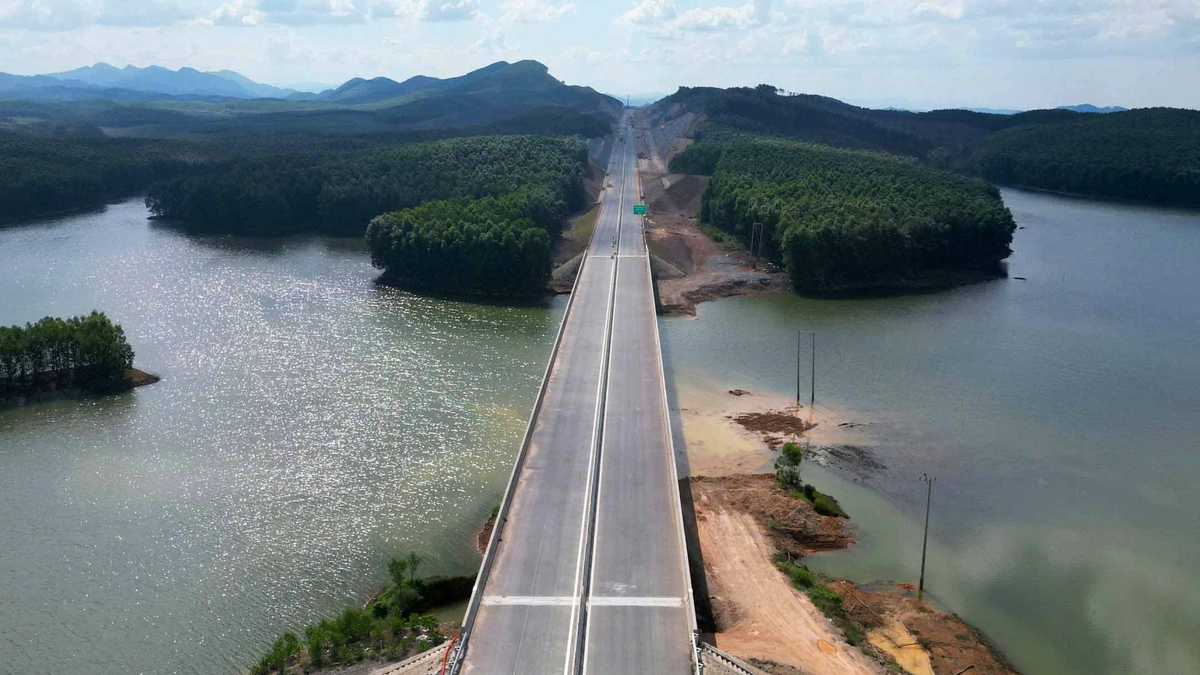
![[Photo] General Secretary To Lam receives Australian Ambassador to Vietnam Gillian Bird](https://vphoto.vietnam.vn/thumb/1200x675/vietnam/resource/IMAGE/2025/6/26/ce86495a92b4465181604bfb79f257de)

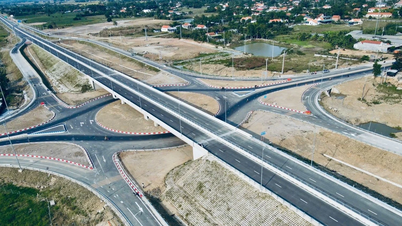





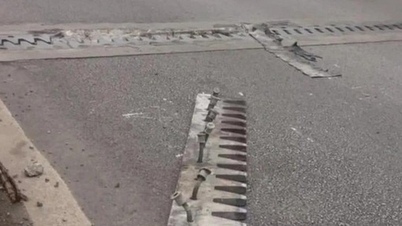

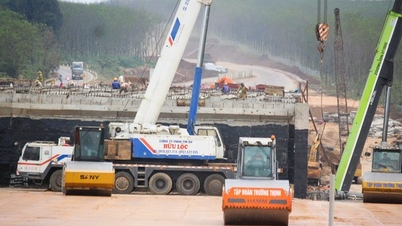
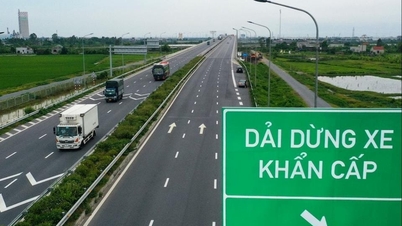

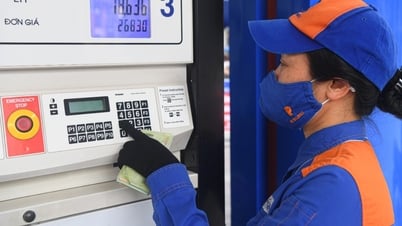


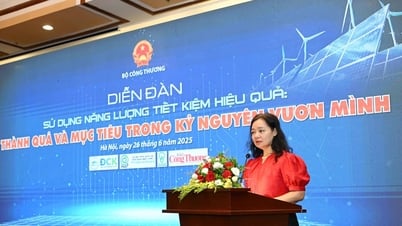
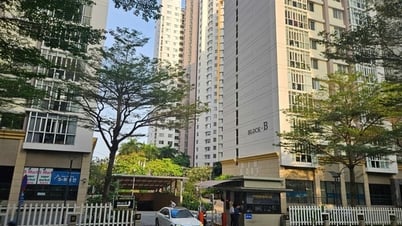






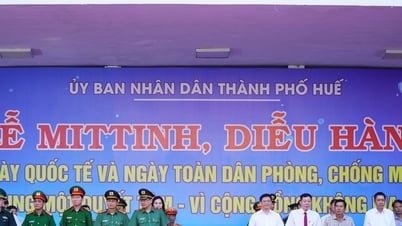



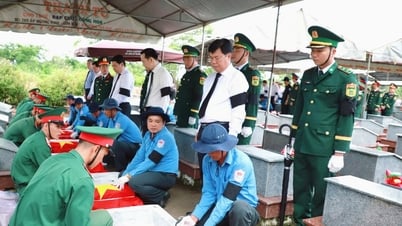

![[Photo] Candidates take the first graduation exam with the new Literature topic](https://vphoto.vietnam.vn/thumb/1200x675/vietnam/resource/IMAGE/2025/6/26/dfded9e317554c25a3e26defe672ebb7)






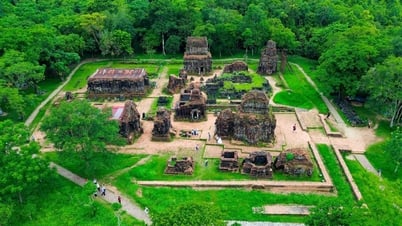






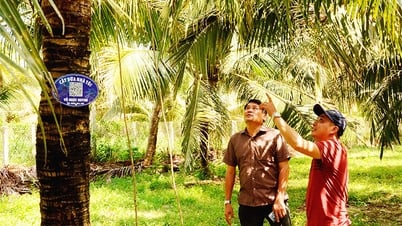



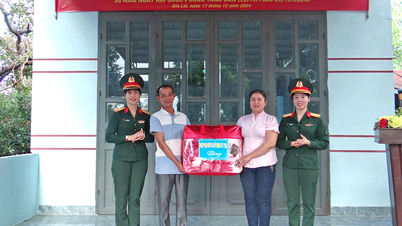







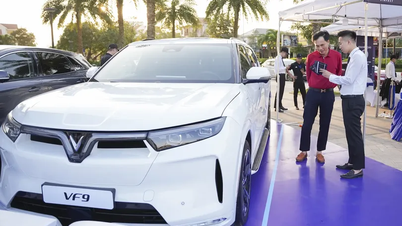

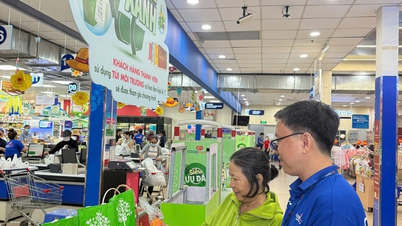




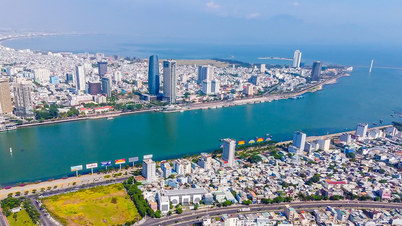

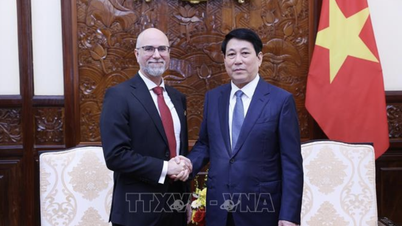
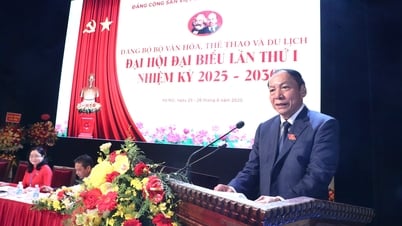

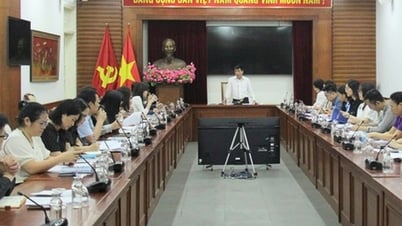

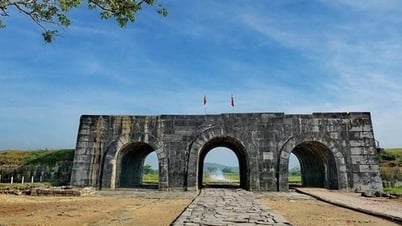



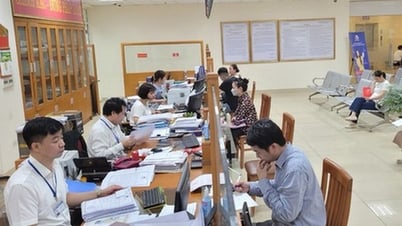


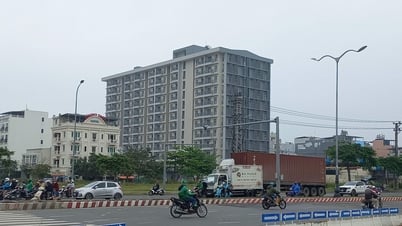
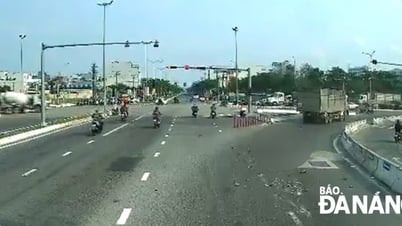




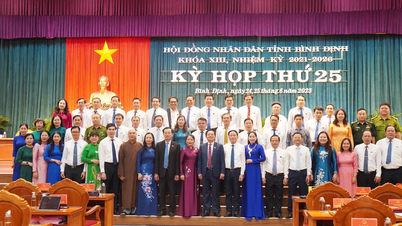














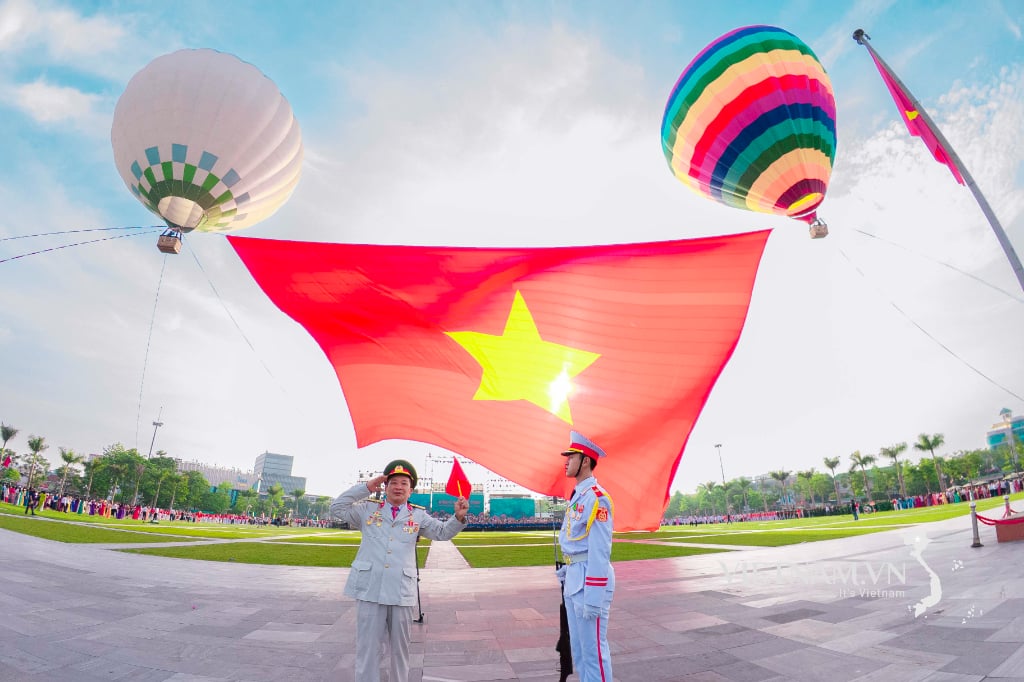


Comment (0)